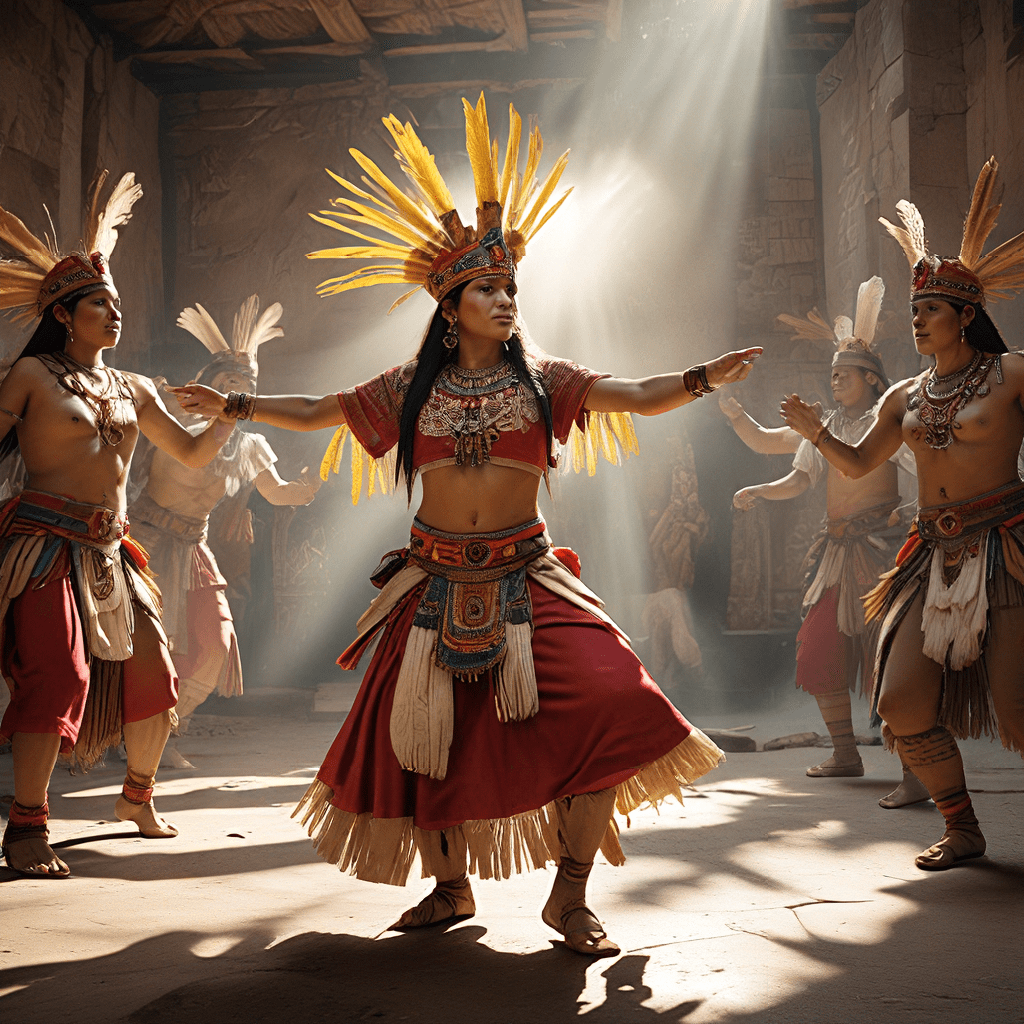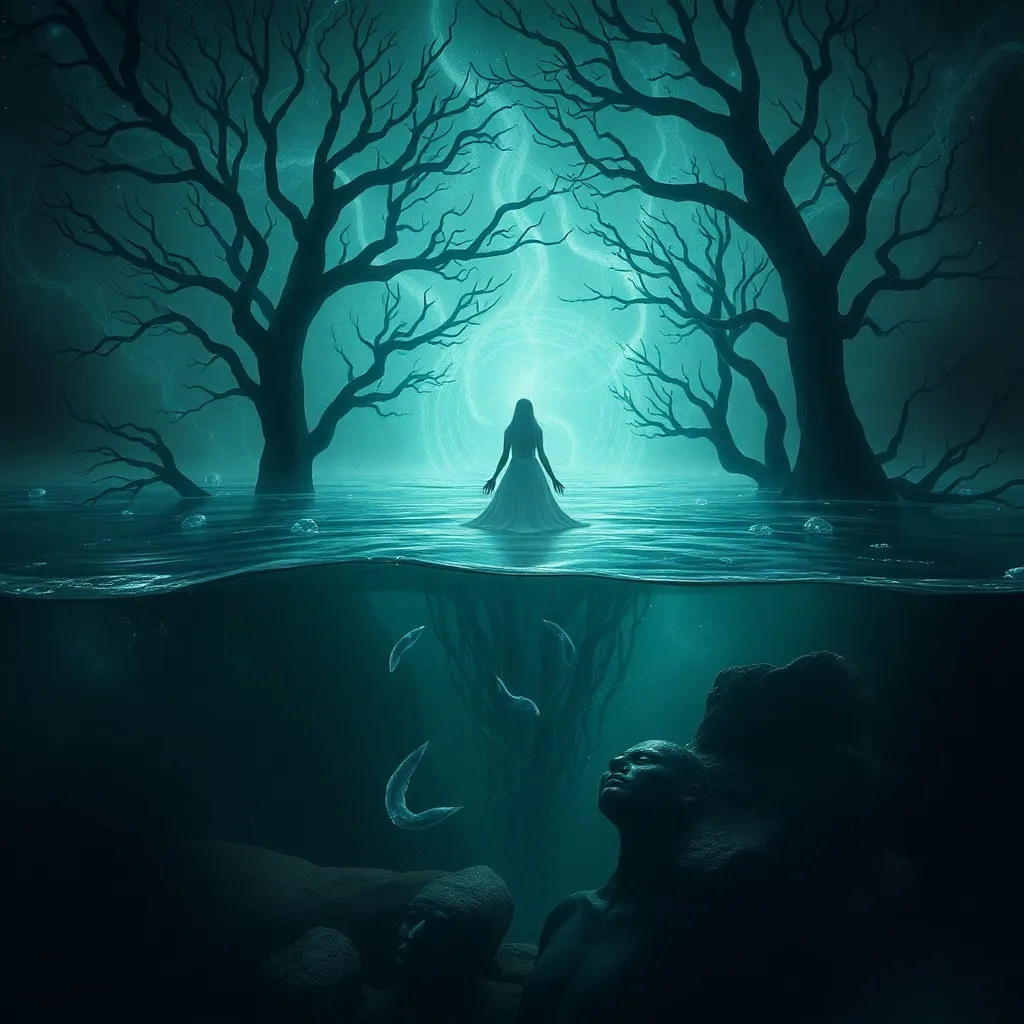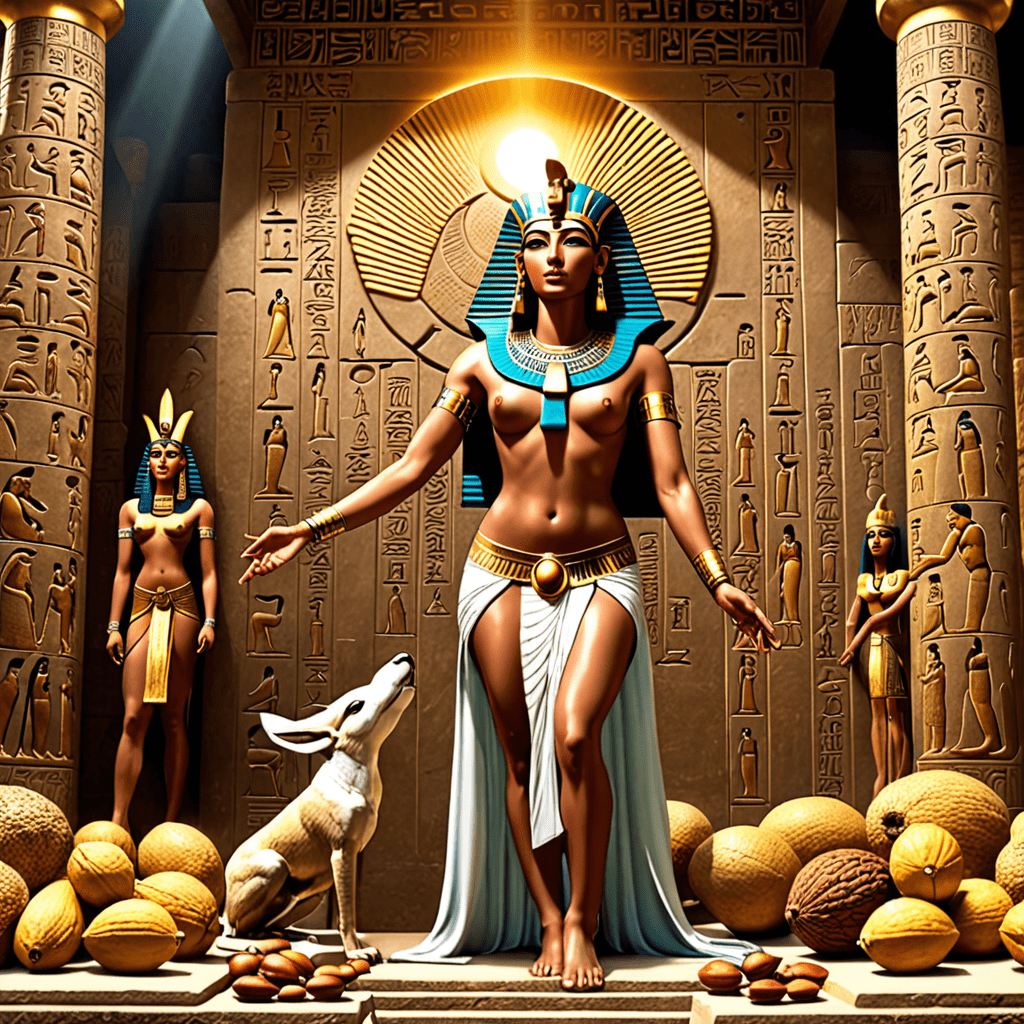The Cosmic Dance: Incan Cosmology and the Role of Movement
The Inca civilization, renowned for its intricate social structure, advanced agriculture, and impressive architectural achievements, held a profound belief in the interconnectedness of all things. This belief manifested in their intricate cosmology, where the Earth, sky, and underworld were seen as integral parts of a harmonious whole. In this cosmic tapestry, movement played a crucial role. The Inca believed that dance was not merely a form of entertainment but a sacred act, a way to connect with the divine and maintain balance in the universe.
Their concept of "Pachakuti" – the cyclical nature of time – further emphasized the importance of movement. The Inca believed that the universe was constantly in motion, with everything evolving and transforming. This dance of creation and destruction was reflected in their dances, which mimicked the movements of the sun, moon, stars, and the very Earth itself.
The Sacred Steps: Understanding Incan Mythology Through Dance
Incan dance, much like the intricate tapestries they wove, was a complex and layered art form that encoded their beliefs, rituals, and stories. Each step, gesture, and costume held symbolic meaning, allowing them to communicate with the divine and pass down their knowledge from generation to generation.
These dances were not simply about aesthetics or entertainment; they were a form of sacred communication, a way to honor their deities, ancestors, and the forces of nature. The Inca believed that through dance, they could influence the course of events, appease powerful spirits, and ensure the prosperity of their communities.
The Dance of the Sun: Honoring Inti, the Sun God, and the Cycle of Life
Inti, the Sun God, was a central figure in Incan mythology, representing life, light, and the cycle of seasons. His importance is reflected in the "Inti Raymi," a grand festival held in his honor during the winter solstice. During this festival, priests, nobles, and ordinary people participated in elaborate dances that mimicked the sun's journey across the sky, symbolizing the renewal of life and the hope for bountiful harvests. These dances, imbued with reverence and joy, were a powerful testament to the Inca's deep connection to the natural world.
Pachamama’s Rhythms: Connecting with the Earth Mother Through Movement
Pachamama, the Earth Mother, was another revered deity in Incan mythology. She represented the fertility of the land, the bounty of nature, and the cyclical nature of life. The Inca's dances in her honor often involved movements that imitated the rhythms of nature, such as the swaying of plants in the wind, the flow of rivers, and the cycles of planting and harvesting. These dances were a way of expressing gratitude for Pachamama's generosity and seeking her blessings for continued prosperity.
The Dance of the Stars: Celebrating the Cosmos and the Celestial Bodies
The Inca recognized the importance of the stars and their influence on the natural world. They developed a sophisticated system of astronomy, using their knowledge of celestial movements for navigation, agriculture, and religious rituals. Their dances often incorporated movements that mirrored the constellations, planetary cycles, and the dance of the Milky Way. These dances were a way of honoring the celestial bodies, recognizing their power, and connecting with the vastness of the universe.
The Power of Movement: Dance as a Form of Communication with the Divine
Inca dance went beyond mere physical expression; it was a profound form of communication, a bridge between the mortal and the divine. The Inca believed that their deities, ancestors, and the very forces of nature could understand and respond to their movements. The intricate steps, gestures, and costumes, all carefully choreographed, were not arbitrary. They were symbolic representations of the stories, beliefs, and desires of the dancers.
This belief in the power of movement allowed the Inca to engage in a unique form of spiritual dialogue. Dance became a way to petition the gods for blessings, express gratitude for their bounty, and seek protection from harm. Through dance, they could connect with the celestial bodies, the forces of nature, and the very essence of the universe.
The Ritualistic Dance: A Pathway to Transformation and Healing
Inca dance was not only a means of communication but also a tool for transformation and healing. They believed that the rhythmic movements, the symbolic gestures, and the powerful music could alter their state of being, leading to physical, emotional, and spiritual renewal. The dances were often accompanied by prayers, offerings, and other rituals, further enhancing their transformative power.
These ritualistic dances played a vital role in Inca society. They were used to mark important events such as births, marriages, and deaths. They were also used to cure illnesses, appease angry spirits, and bring about positive change in the community. Through their movements, the Inca sought to harness the energies of the universe and use them for the benefit of their people.
The Legacy of Incan Dance: Modern Interpretations and Preservation Efforts
Despite the collapse of the Inca Empire, the legacy of their dance traditions lives on. While many of the ancient practices have been lost to time, modern scholars and artists are dedicated to preserving and reinterpreting these powerful expressions of Incan culture.
Modern Incan dance performances draw inspiration from historical records, archaeological findings, and surviving oral traditions. These performances offer a glimpse into the rich world of Incan mythology and spirituality, showcasing the elegance, power, and symbolic meaning of their ancient dances.
The Interplay of Dance and Music: Harmonizing Movement with Sound
Inca dance was inextricably linked to music. The rhythmic beats of drums, the haunting melodies of flutes, and the evocative songs of the singers provided the soundtrack to their sacred performances. Music was not merely a background accompaniment but an integral part of the dance, adding depth, emotion, and power to the movements.
The combination of dance and music created a powerful synergy, allowing the Inca to fully engage their senses and connect with the divine. The rhythmic patterns of the music guided their movements, while the evocative melodies helped them to access deeper spiritual realms. Together, these elements created a holistic experience that transcended the physical and reached the very core of their being.
FAQs
Q: What is the importance of dance in Incan culture?
A: Dance was a sacred and essential part of Incan culture, serving as a form of communication with the divine, a way to honor deities and ancestors, and a means of seeking healing and transformation.
Q: How does Incan dance reflect their cosmology?
A: Incan dance reflected their cosmology through its movements, costumes, and symbolic gestures. They mimicked the cycles of nature, the movements of the celestial bodies, and the interconnectedness of the universe.
Q: What are some of the key elements of Incan dance?
A: Key elements of Incan dance include intricate steps, symbolic gestures, elaborate costumes, and the accompanying music, all working together to convey spiritual meaning and create a powerful and evocative performance.
Q: What is the significance of the "Inti Raymi" festival?
A: The "Inti Raymi" festival was a grand celebration in honor of Inti, the Sun God, during the winter solstice. It involved elaborate dances that mimicked the sun's journey across the sky, symbolizing renewal and the hope for bountiful harvests.
Q: How are Incan dance traditions preserved today?
A: Modern scholars and artists use historical records, archaeological findings, and surviving oral traditions to reinterpret and preserve Incan dance traditions, helping to keep this important aspect of their culture alive.



